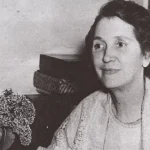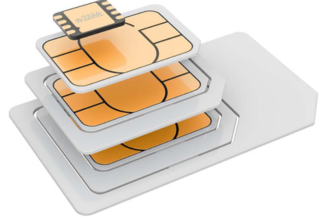Some creative journeys are so fundamental to the human experience that they have become ingrained in our DNA. One such journey is the art of print design. Even in our digital age, print design still holds a significant role, drawing from traditional techniques while embracing modern innovations. But what exactly goes into the creative process of print design? Let’s explore this further with insights from various industry professionals and considerable resources like Squarpix.com, an online platform dedicated to visual arts and design.
A Brief History of Print Design
The origins of print design trace back to ancient civilizations. For example, the Chinese began using woodblock printing as early as the 2nd century AD. Fast forward to the 15th century, and Johannes Gutenberg revolutionized the printing process with his movable type printing press. This invention democratized access to information and laid the groundwork for modern print design.
Understanding Print Design
Print design refers to creating designs for print materials, such as posters, brochures, magazines, books, business cards, and packaging. It encompasses a variety of disciplines, including typography, color theory, and layout design, all of which contribute to the overall visual aesthetic of the printed material.
The Creative Process in Print Design
The creative process in print design can vary depending on the designer, project, or client. However, some fundamental steps are often followed.
Initial Conceptualization
Conceptualization is the first stage, where the designer defines the goal of the design. It might involve meeting with clients to discuss their expectations, researching the target audience, and examining the brand’s visual identity. The objective is to gather as much information as possible to guide the design process.
Sketching and Drafting
After conceptualization, the designer begins sketching and drafting. This process allows for the physical representation of ideas and provides a basis for exploring different design elements. It’s a step where the designer experiments with layouts, color palettes, typography, and imagery to see what works best.
Digital Implementation
Once the initial sketches have been refined, the designer moves into the digital implementation phase. This is where design software, such as Adobe Illustrator, InDesign, or Photoshop, comes in. The designer meticulously transfers the hand-drawn drafts into these programs to create a polished, professional-looking design.
Printing and Evaluation
Finally, a test print is created to evaluate the design in its intended medium. It is an essential step, as it allows the designer to assess the colors, typefaces, and overall layout in print. Adjustments can be made based on the results of this evaluation before the final print run.
The Importance of Print Design
Despite the rise of digital media, print design still holds an important place in our world. Here are a few reasons why.
Tangibility
One of the most significant advantages of print design is its tangibility. A well-designed print item can be held, felt, and interacted with, creating a lasting impression. This tangibility can strengthen a brand’s connection with its audience.
Attention-Grabbing
People are constantly bombarded with online ads and social media posts in our digital age. A beautifully crafted print design can stand out amidst digital clutter, capturing attention and evoking interest.
Trust-Building
Print materials can also instill a sense of credibility and professionalism. They communicate to customers that the brand has invested time and resources in creating a high-quality product.
Print Design and Sustainability
As we become more environmentally conscious, the print design industry is evolving to incorporate sustainable practices. It can involve using recycled materials, eco-friendly inks, and optimizing design layouts to minimize waste. These steps reduce the environmental impact and align with the increasing consumer preference for sustainable brands.
The Interplay of Text and Graphics in Print Design
Text and graphics harmonize to convey the desired message in print design. Marrying typography, imagery, and color can create stunning visual narratives.
Typography
Typography is a fundamental aspect of print design. It’s more than just choosing a typeface; it’s about understanding how different fonts, sizes, and arrangements impact the overall design. A well-selected typeface can add character to the design and help convey the intended tone.
Imagery
Images can often speak louder than words. The right visual elements can evoke emotions, clarify concepts, and bring life to a design. Illustrations, photos, patterns, and shapes contribute to the design’s overall aesthetic and message.
Color
Color plays a pivotal role in print design. It can catch the viewer’s eye, evoke specific feelings, and emphasize important elements. An understanding of color theory is vital to creating effective print designs.
Wrapping Up
Print design is a creative journey, a dance between the designer and the medium, a form of communication that speaks volumes without uttering a word. The art of print design is one of the few that allows us to touch and feel an idea, offering a sensory experience that digital design often can’t match. Yet, in an interesting contrast, you’ll find that the vibrancy and diversity of design can also be experienced in different domains, like when choosing costumes, where the fabric, texture, and patterns similarly tell a unique story.














